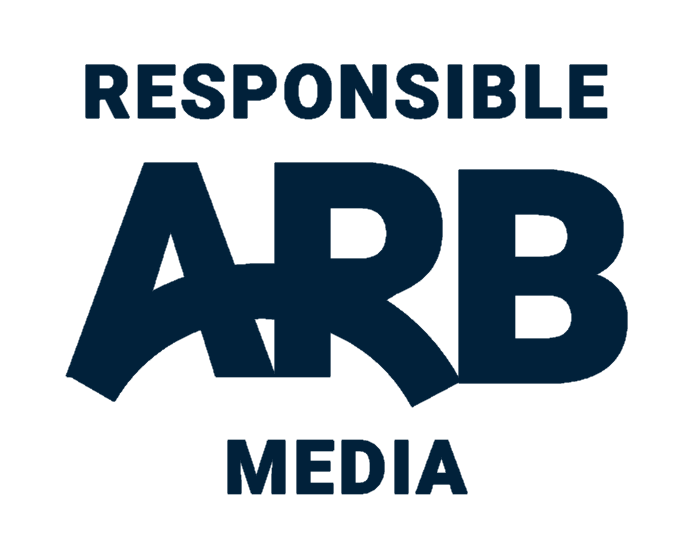National
World Bank projects modest growth for sub-Saharan Africa in 2017─── 05:40 Fri, 13 Jan 2017

Cape Town – The World Bank expects South Africa’s gross domestic product to grow at 1.1% this year, but cautions inflationary pressures and high unemployment will continue to weigh on consumer spending.
According to the Global Economic Prospects Report, published in the second week of January, the World Bank said South Africa’s fiscal position in the 2017/18 financial year is likely to improve on the back of a mix of tax increases and spending curbs aimed at sustaining fiscal consolidation.
“However, weak growth and a difficult political environment may slow its pace,” the report said.
For the sub-Saharan region as a whole, heightened policy uncertainty in the United States and Europe could lead to volatility in financial markets and higher borrowing costs, and even trigger a cut-off in capital flows to the region.
Capital outflows, in turn, would have a particularly adverse effect on the more heavily traded currencies such as the rand, the report noted.
The rand rebounded in the second quarter of 2016 following an increase in commodity prices, but fell again as expectations of tightening US monetary policy increased and political uncertainty reared its head.
The currency however strengthened in the fourth quarter of last year when South Africa maintained its investment grade rating from a number of global rating agencies, most notably that of Standard & Poor’s.
Outlook for other sub-Saharan countries
Real GDP in the sub-Saharan region as a whole is forecast to expand by 2.9% in 2017, only slightly above population growth, and by a further 3.6% in 2018.
“The recovery is moderate because the region continues to adjust to lower commodity prices, which remain well below their averages after the global economic crisis."
In Nigeria, the gradual improvement in oil prices will provide a modest boost to domestic revenues, according to the report, while policy reforms could boost private investment.
In addition, the country’s shift to a more flexible exchange rate could increase government revenue, while the phasing out of fuel subsidies could help contain current expenditures.
However in Angola, where inflation accelerated to 41.1% year-on-year in 2016, domestic demand will continue to be subdued. GDP is expected to expand at 1.2%.
In the report, the World Bank also cautioned sub-Saharan political pressures could lead to the adoption of “haphazard populist policies, or lead to protracted legal and political stress, hampering fiscal adjustment”.
Investment slowdown in sub-Saharan Africa
Apart from subdued GDP growth, global investment into the region is also expected to remain modest in 2017.
“Investment growth in Sub-Saharan Africa has fallen from nearly 8% in 2010 to 0.3% in 2015, causing infrastructure bottlenecks and weak business conditions," the report said.
The investment growth slowdown is concentrated in South Africa and oil exporting countries. It is caused by domestic political tension, a sharp deterioration in terms of trade in domestic policy and tightening in some economies.
In South Africa in particular, investment growth averaged only 2.5% per year between 2010 and 2015 in comparison with over 9% in the years between 2000 and 2008. According to the report this downturn reflects deep structural constraints, including inefficiencies in South Africa’s state-owned enterprises.
According to the report external shocks, including the end of the commodity super cycle as well as a marked slowdown in major trading partners and rising domestic vulnerabilities, contributed to the region's investment growth slowdown.
Softer investment inflows also coincided with a weak growth in recovery in the European Union, the slowdown of economic activity in China as its economy turned more towards domestic consumption, and the strengthening in the dollar.
In addition to an unfavourable external environment, however, weak macroeconomic fundamentals and policies made matters worse, especially since some countries lacked the ability to introduce counter-cyclical policies to support economic activity.
Economic outlook elsewhere in the world
Among advanced economies, growth in the United States is expected to pick up to 2.2% as manufacturing and investment growth gain traction after a weak 2016.
However, changes in the country’s policy direction could have global ripple effects due to the outside role the US plays on the world economic stage.
GDP growth in China is expected to rise to 6.5%, thanks to supporting macroeconomic policies despite soft external demand, weak private investment and overcapacity in some economic sectors.
As for the European region, Russia is expected to grow at 1.5%, once adjustments to lower oil prices have been completed.
In Latin America, Brazil is projected to expand at 0.5% on the back of easing domestic constraints. Weakening investment in Mexico, on policy uncertainty in the United States, is anticipated to result in a modest growth deceleration of 1.8% this year.
In the Middle East and North Africa, oil exporter Saudi Arabia is expected to expand its GDP modestly to 1.6%.
In South Asia, India is forecast to continue its robust growth at 7.6% per year on the back of reforms and increased productivity.













